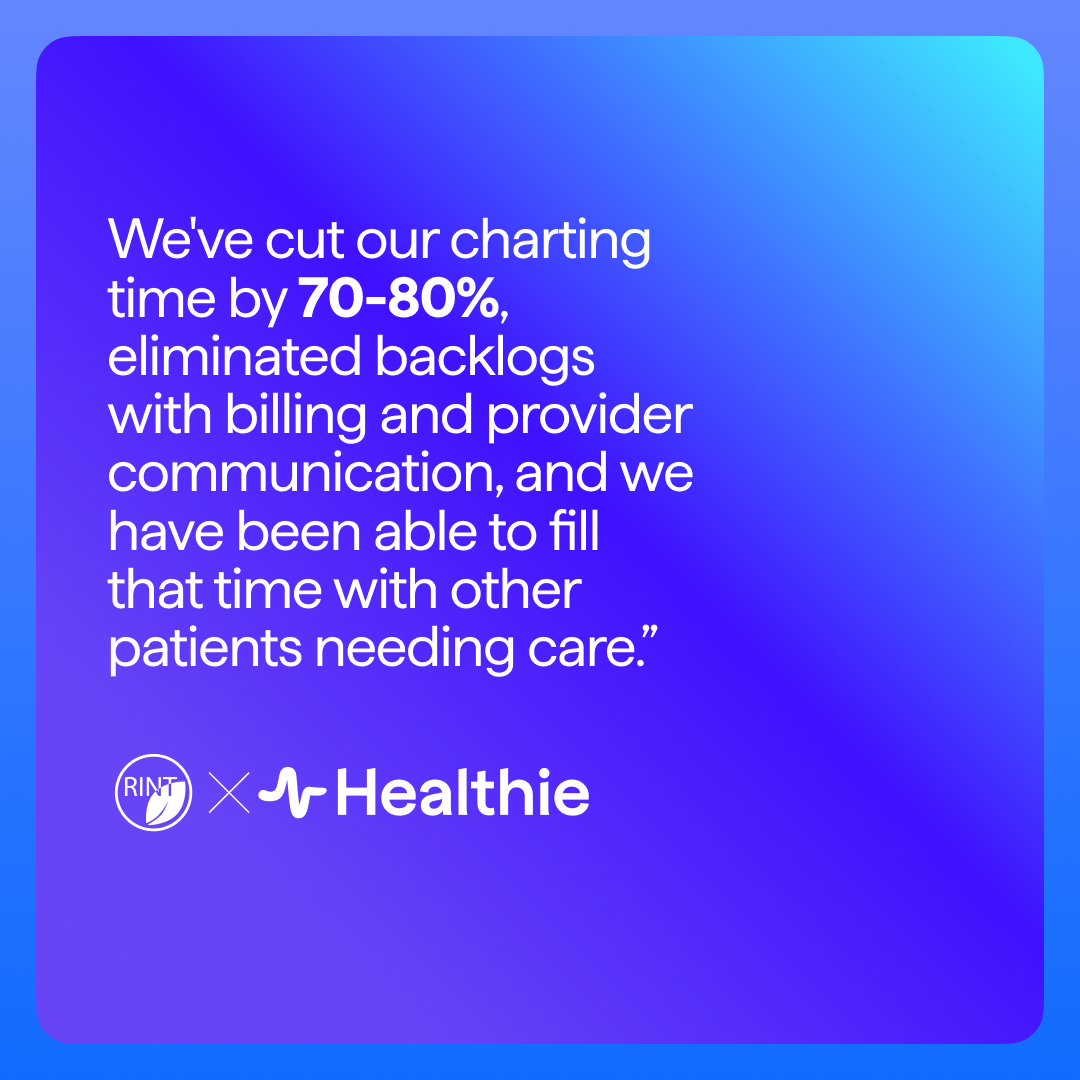
.png)
21st Century CURES Act & Final Rule
Learn what the 21st century CURES Act is and how it may impact client data and health information. Read about the CURES Act Final Rule.
In 2016, the 21st Century CURES Act was signed into law, with the overarching purpose of helping to “accelerate medical product development and bring new innovations and advances to patients who need them faster and more efficiently.” The Final Rule of this law will go into effect beginning in April of this year. The aim of the Final Rule implements certain provisions of the overall CURES Act, including: “conditions and maintenance of certification requirements for health information technology...and reasonable and necessary activities that do not constitute information blocking.”
Simply, this part of the law looks to increase the interoperability, access, and security of personal health information. It also aims to foster an environment of innovation regarding the development and advancement of health applications. More specifically, the rule will allow patients digital access to their personal health information, provided by their healthcare practitioner at no cost. Patients must have access to this information by April 5, 2021, while the information must be shared with the patient’s third party by October 6, 2022.
If you’re interested in entering the world of telehealth but struggling to find a trusted EHR platform, consider trying Healthie’s free starter plan to test our extensive features for $0.
Key Terms within the CURES Act
The Final Rule of the CURES Act includes specific terminology to help describe the specific parameters of the regulation. It’s vital for providers to understand this language so that they can ensure they are compliant with the mandate.
- Interoperability: the ability of an electronic system or software to exchange or utilize information
- Information Blocking: any action that may interfere with, prevent, or discourage the access, exchange, or use of electronic health information
- Actors: include healthcare providers, health IT developers, and health information networks or exchanges
- Electronic Health Information: Electronic Protected Health Information that is included in a Designated Record Set, as defined by HIPAA
What does this mean for clinicians and health systems?
Opening chart notes is not a new practice in the healthcare field: over 250 healthcare organizations already practice open notes with their patient base. However, this federal mandate will require all healthcare organizations to adopt the practice. There are a variety of clinical notes that must not be blocked for patient viewing, including consultation notes, discharge summary notes, history & physical notes, imaging narratives, lab report narratives, pathology report narratives, procedure notes, and progress notes. The law does not apply to psychotherapy notes, however.
Implementing this practice into healthcare businesses and systems will require an evaluation of the current charting system, the implementation of a capable EHR, or the improvement of the present solution. According to the mandate, PHI must be accessible from an app of the patient’s choosing. It is likely that if you already offer a patient portal to patients, they will be comfortable using it to access their client data, notes, and information.
In the case that a patient requests access through another app, leveraging the applications’ APIs should allow for interaction between your EHR and the patient’s app of choice. APIs, or Application Programming Interfaces, act as a software intermediary between different applications, allowing interoperability. APIs are commonly used in EHR platforms both for integrations with other healthcare management platforms, as well as an extra layer of security to ensure HIPAA-compliance. The CURES Act hopes that its implementation will lead to more open and accessible APIs, to allow for the connection of multiple health applications. Healthie offers a cloud-based EHR and telehealth platform that is quick to implement while supporting compliance with HIPAA regulations — while being customizable to meet your business needs. Click here to learn more.
The CURES Act Final Rule also set new regulations regarding the development of mobile and web health applications for health IT developers. Read more here.
Overall, clinicians and health systems should be ready to spend time implementing and learning an EHR system that will allow them to share chart notes with patients. Practitioners should also take time to adjust their charting strategies so that the information shared is appropriate for patient viewing. You should also prepare patients to receive this information; for patients who are unfamiliar with chart notes, reading one for the first time may be overwhelming and confusing. It’s crucial to have pre-emptive conversations with your patients to walk through how the sharing of information will work, how they should interpret their chart notes, and what it means for working together moving forward.
You can read a comprehensive body of research regarding the practice of open notes in the healthcare field here. This has been compiled by the OpenNotes project, which has advocated for the widespread adoption of this practice.
Exceptions
There are a few exceptions to the rule. The most relevant ones to healthcare providers include:
- Preventing Harm Exception: You may block the access of a note if necessary to prevent harm to the patient or another person.
- Privacy Exception: You may block the access of a note if you are attempting to protect an individual’s privacy.
- Security Exception: You may block the access of a note if it will protect the security of your electronic health information.
- Infeasibility Exception: You may block the access of a note if the request is infeasible.
How Healthie Can Support Compliance with the CURES Act Final Rule
Currently, there are a variety of ways to share chart notes and client data with your patient through Healthie. All patients that are added to the platform automatically receive a secure patient login, giving them HIPAA-compliant portal access from their computer or mobile device.
1. You may download your chart note as a PDF to send to a patient.
2. You may share your note (or even sections of your note) to your patient’s “visible” documents folder for them to review within Healthie. They will be able to access the generated document when logged into their Healthie patient portal.
3. You may use Healthie’s E-fax feature to electronically fax your note to a patient or other care team provider.
It is likely that option 2 is most compliant with the CURES Act Final Rule, as it allows patients to independently access their chart notes within the Healthie platform, at no additional cost, and with no additional effort. Healthie’s convenient mobile app can be downloaded for free by patients, as an on-the-go tool for them to securely access shared chart notes from anywhere. To set up a free Starter account today, click here.
Healthie's charting system allows providers to take notes on patients during or after a session, build customizable templates, and share chart notes with other providers via HIPAA-compliant E-fax. As a cloud-based EHR, you are able to log into your Healthie provider account from anywhere to access your records, without putting your patients’ private health information at risk. With the ability to build custom chart notes, providers can create new note templates that will allow for easy reading and comprehension of health information by their patients.
Make sure your business is CURES Act compliant. Get started with Healthie, the all-in-one practice management solution for wellness professionals.




